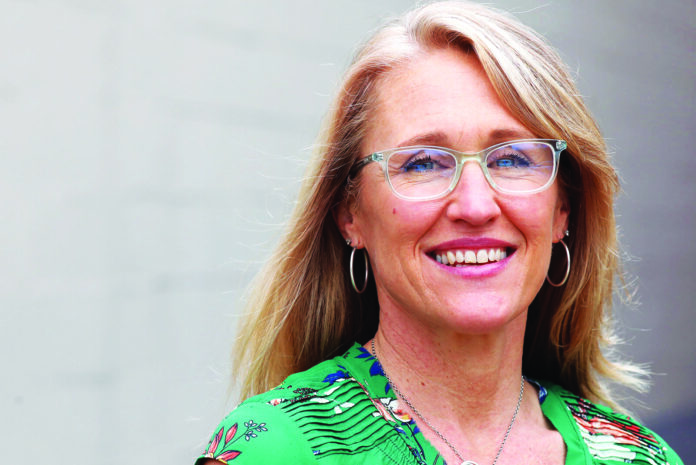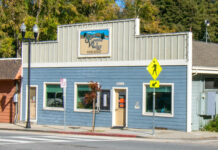
Over the past year, Santa Cruz Community Health clocked 1,700 patient visits at its Mountain Health Center in Ben Lomond, which opened in early 2022.
The organization is continuing to deepen its roots in the San Lorenzo Valley, including through a fentanyl-antidote-distribution drive at the San Lorenzo Valley Unified School District campus this Sunday, Sept. 10.
“We want Narcan in the hands of people,” said Dena Loijos, chief strategy and impact officer for the federally-qualified health center, referring to the nasal spray that blocks the effects of opiates and restores breathing during an overdose. “It’s simple and effective and saves lives—but only if you have it.”
From 9am-1pm at the SLVUSD tri-campus, 7155 Highway 9 in Felton, anyone who’s interested can swing by to stock up on the harm-reduction product for free.
“This is a step in the direction of expanding our services and relationships in the community and being recognized as the leading health care provider in San Lorenzo Valley,” Loijos said. “We know that overdose is preventable. And it’s reversible.”
Santa Cruz Community Health teamed up with the Santa Cruz County Office of Education for the initiative. The overdose antidote devices, which contain naloxone, were provided by the California Department of Health Care Services.
The school district was quick to agree to tell the health care officials they could use the campus, Loijos added.
“We all had to come together to make this happen,” she said. “We couldn’t do it without our partnerships.”
They’ve designed a system so that people who attend the event can either turn right or left upon entering the school grounds.
Those who just want to complete a drive-thru pick-up can turn left and someone will approach your vehicle and answer any questions you have while handing over the Narcan. But those who want more in-depth information can turn right, park, get out of their vehicle and speak with experts about how to use the fentanyl-crisis-fighting tool.
Kristen O’Connor, the director of office-based addiction treatment at Santa Cruz Community Health, and Casey KirkHart, the chief medical officer, plan to be available for conversations about the relatively new emergency medicine.
“This is for San Lorenzo Valley,” she said. “No one will be turned away.”
There were 26 opioid-related deaths in 2020. In 2021 that figure jumped to 39 deaths. More than two-thirds of these incidents involved fentanyl.
Loijos said while there will be a short survey to fill out during the event, it’s nothing too invasive and is primarily for their own record-keeping.
“We’re all out there as volunteers there that day,” she said, adding it will have an educational quality, as local residents can learn the proper technique for deploying the spray. “They’ll be able to get the confidence to use the Narcan.”
The event is the third in a series, following a drive-thru event at Cabrillo College in April and a distribution drive in Watsonville in June.
“We know that there’s a need in the Valley,” said Loijos, referring to emergency challenges in more remote parts of the North County. “Geography often limits access.”
SCCH has three main sites: Santa Cruz Women’s Health Center at 250 Locust St. in downtown Santa Cruz, the brand-new Live Oak Health Center at 1510 Capitola Rd. in Live Oak, and Mountain Health Center at 9500 Central Ave. in Ben Lomond.
They assist people struggling with addiction through medication-assisted treatment, acupuncture, counseling and peer-support efforts. About 75% of its 12,000 patients are lower-income Californians on Medi-Cal.
“We offer full-scope primary care,” Loijos said. “We have a sliding-fee scale that slides down to zero.”
SCCH is part of the SafeRx Santa Cruz County coalition of social service, government and health care groups collaborating to reduce drug deaths. It also offers behavioral health services, prenatal care and optometry, among other services.
The Ben Lomond clinic hasn’t had the easiest first couple years in operation.
“There’ve been a lot of challenges—Mother Nature has provided challenges,” said Loijos, recalling the power outages and storms that have ravaged the region in recent months. “Our patient population has been growing. We’ve been learning the community.”












